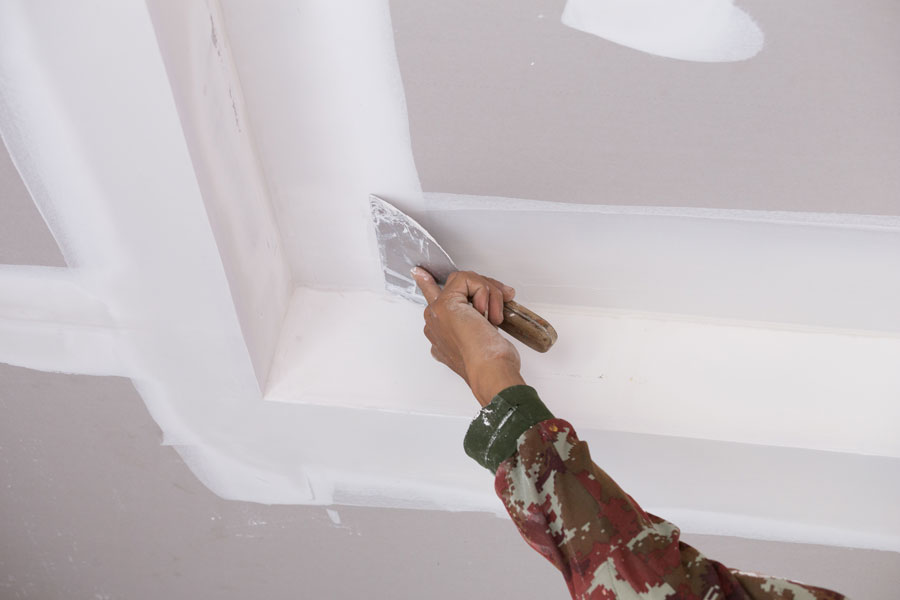Synthetic gypsum derived from industrial waste
Scientists have created synthetic gypsum using waste sulphuric acid and limestone that they say could replace natural gypsum in construction.

The international research team, led by scientists from the Belarusian State Technological University and National University of Science and Technology (NUST) MISIS, Russia, claims the material could help countries that do not have gypsum stone deposits to produce affordable binders.
The joint research team began with the premise they could obtain synthetic gypsum from calcium carbonate and sulphuric acid – with the required crystal parameters – after reviewing existing literature on gypsum binders.
The resulting process takes sulphuric acid from waste heat-resistant fibres and mixes it with water and limestone in a chemical reactor, neutralising the spent acid and carbonate components and creating a powder product. Ageing of the resulting gypsum/anhydrite suspension gives the required size and shape of crystals, with the suspension then separated for filtrate and solid material. On analysis, the content of calcium sulphate dehydrate obtained in the synthetic gypsum powder is said to comprise at least 95% of the material produced.
The method enables the research team to control the powder’s structure by changing the material's crystal lattice, thereby improving its properties.
NUST MISIS Senior Researcher, Valentin Romanovski, explains that the carbonate raw materials are prepared in an aqueous solution. ‘Depending on the type of carbonate raw material, a filtrate with a different composition is formed,’ he says. ‘For example, if you take waste limestone and lime mud as a carbonate component, then sulphate salts remain soluble in the solution. After neutralisation, this filtrate proved to be a good complex fertiliser. When using other carbonates wastes, the filtrate composition changes.’
The team has obtained three types of synthetic gypsum samples – building gypsum, high-strength gypsum and anhydrite. Building gypsum is formed in a boiler, anhydrite is fired in a chemical plant and then cooled, while an autoclave is used to synthesise high-strength gypsum. The research reports that the building gypsum has a brand strength of G5-G7, while the high-strength binder has a brand strength of G10-G22.
Romanovski continues, ‘In the course of the research carried out in the laboratory at [a] cement plant, it was concluded that the obtained material can be attributed to the first-grade gypsum stone, and this thereby opens up the possibility of obtaining gypsum binders based on it. The obtained samples of binders were transferred to [another] plant for the production of dry building mixtures...At the moment, this technology is being introduced in Belarus on an industrial scale.’
He notes that the discovery will also aid production of composite materials in which calcium sulphates are used.
One of the other advantages is that the synthetic gypsum is obtained immediately in the form of a powder product, rather than the traditional energy-intensive approach of crushing it to the desired state. ‘This approach is characterised by low-energy costs, which makes it environmentally and economically beneficial,’ Romanovski says.
The next steps are to explore approaches to further regulate the crystal structure.







